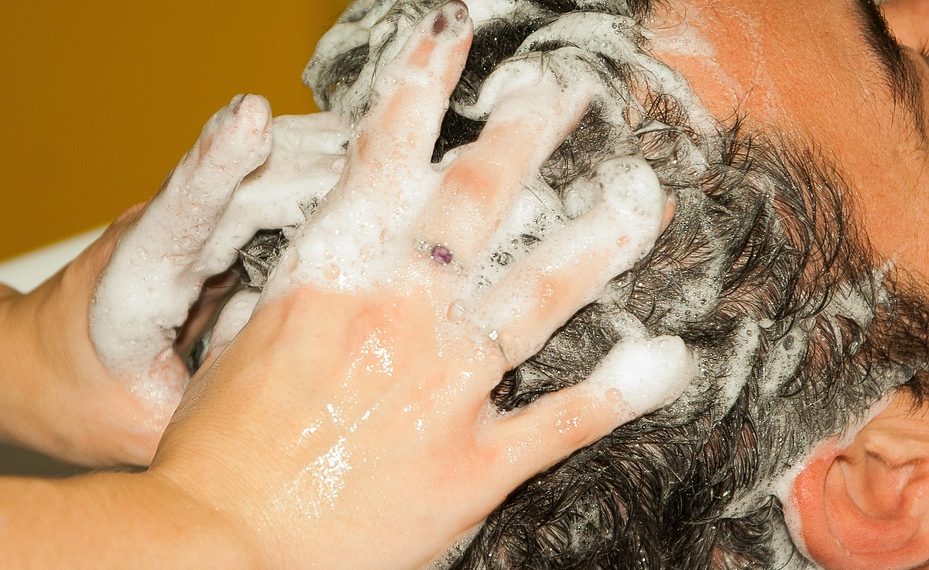Ligament pain can be a real drag, right? Whether it’s from an old sports injury or just the wear and tear of daily life, it can leave you feeling frustrated and limited in your movements. I’ve been there myself, and it’s no fun. But here’s a little-known secret: gentle massage techniques can help alleviate that nagging discomfort. Let’s dive into five effective methods to relieve ligament pain using gentle massage.
Contents
- Understanding Ligament Pain
- FAQs About Ligament Pain and Massage
- Conclusion: Finding Your Relief
Understanding Ligament Pain
Before we get into the techniques, it’s important to understand what ligament pain is. Ligaments are tough bands of fibrous tissue that connect bones to other bones at joints. When these ligaments get strained or injured—often due to overuse, trauma, or improper movement patterns—it can lead to pain and inflammation.
Why Massage Works
So, why does massage help? Well, gentle massage can improve blood circulation, reduce tension in the surrounding muscles, and promote healing. Plus, it can release endorphins, the body’s natural painkillers, which is always a win.
1. Effleurage: The Gentle Glide
Effleurage is a French term meaning “to skim” or “to touch lightly.” This technique involves long, sweeping strokes that are great for warming up the area before applying deeper pressure.
How to Do It:
- Start with your hands at the base of the painful area.
- Use the palms of your hands to glide smoothly up and down the length of the ligament.
- Repeat this for about 5–10 minutes.
Pros and Cons:
- Pros: It’s relaxing and can help ease tension without causing pain.
- Cons: It may not be enough for deeper issues and should be combined with other techniques.
2. Petrissage: Kneading for Relief
Petrissage involves kneading the tissue, which can be particularly effective for deeper ligament pain. This technique helps to break down knots and improve circulation.
How to Do It:
- Use your fingers and palms to knead the area gently.
- Apply a bit more pressure as you feel comfortable, focusing on any tight spots.
- Continue for 5-10 minutes.
Pros and Cons:
- Pros: Great for targeting specific areas of pain and tension.
- Cons: If you apply too much pressure, it can cause more discomfort, so listen to your body!
3. Cross-Fiber Friction: Targeting the Source
This technique is all about applying pressure across the fibers of the ligament. It can be particularly effective for scar tissue or chronic pain.
How to Do It:
- Locate the ligament that’s bothering you.
- Use your fingers to apply firm pressure across the ligament fibers.
- Move back and forth for about 2-3 minutes.
Pros and Cons:
- Pros: Effective for breaking down scar tissue and promoting healing.
- Cons: It can be uncomfortable, especially if you’re dealing with a lot of pain; proceed with caution.
4. Trigger Point Release: Finding the Knots
Trigger points are tight areas within the muscle that can refer pain to other areas. Gentle massage can help release these points and alleviate discomfort.
How to Do It:
- Identify the trigger point using your fingers.
- Apply gentle pressure directly onto the point for about 30 seconds.
- Release and repeat a few times.
Pros and Cons:
- Pros: Can be very effective in relieving referred pain.
- Cons: It may take multiple sessions to see significant results.
5. Stretching and Massage Combo: Double Trouble
Combining gentle massage with stretching can provide double the relief. The massage helps to loosen the tissues, while stretching improves flexibility and reduces tension.
How to Do It:
- Massage the area gently for about 5 minutes.
- Follow up with gentle stretches for the ligaments and surrounding muscles.
- Hold each stretch for at least 20-30 seconds.
Pros and Cons:
- Pros: This combo can enhance overall mobility.
- Cons: If you stretch too aggressively, you risk aggravating the pain.
FAQs About Ligament Pain and Massage
1. How often should I use these techniques?
You can use these techniques daily, but listen to your body. If you’re feeling sore, give yourself a break.
2. Can I do these techniques on my own?
Absolutely! Many people find they can effectively self-massage. Just be careful and start gently.
3. When should I see a doctor?
If the pain persists despite trying these techniques, or if you experience swelling or instability, it’s time to consult a healthcare professional.
4. Are there any risks involved with massage?
While gentle massage is generally safe, it’s important to avoid areas with severe pain or swelling until you’ve consulted a professional.
Conclusion: Finding Your Relief
Ligament pain can be a nuisance, but you don’t have to live with it. Gentle massage techniques can provide relief and help you regain your mobility. Remember, everyone’s body is different, so what works for one person might not work for another. Be patient and give yourself time to heal.
And hey, while these techniques can be effective, they’re not a substitute for professional medical advice. If your pain is severe or persistent, always consult a healthcare provider.
Now, go ahead and give these techniques a try! You might just find a little relief in those gentle strokes.
References
-
Cummings, T. M., & White, A. R. (2016). Massage therapy for the treatment of myofascial trigger point pain: A systematic review. Journal of Bodywork and Movement Therapies, 20(2), 298–307. https://doi.org/10.1016/j.jbmt.2015.10.003
-
Mayo Clinic. (2022). Ligament injuries: Symptoms and causes. Retrieved from https://www.mayoclinic.org/diseases-conditions/ligament-injuries/symptoms-causes/syc-20367481
-
National Institutes of Health. (2019). The role of massage therapy in pain management. Retrieved from https://www.ncbi.nlm.nih.gov/pmc/articles/PMC6691859/
This article is for educational purposes only and is not a substitute for professional medical advice. Always consult a qualified healthcare provider before making changes to your health routine.
Get Your FREE Natural Health Guide!
Subscribe now and receive our exclusive ebook packed with natural health tips, practical wellness advice, and easy lifestyle changes — delivered straight to your inbox.















